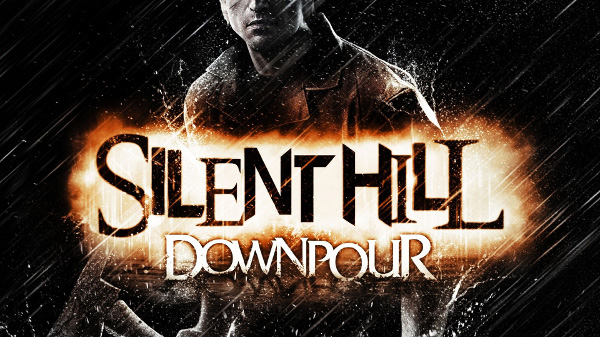
The moment has finally arrived–a new Silent Hill game is here. It’s not a prequel, or a re-imagining, no, it’s a full blown sequel on current generation consoles. Arriving to players four years after Silent Hill Homecoming, Silent Hill Downpour has made its way to the world. Is it a worthy sequel to a franchise deemed as art by many of its fans? Let’s see.
Silent Hill Downpour puts players in the role of Ryal State convict Murphy Pendleton. Like past protagonists before him, Murphy is pulled into the town because of his troubled past. During mid prison transfer, Murphy’s bus crashes off road on the outskirts of the foggy and mysterious town of Silent Hill. This is where his adventure begins.
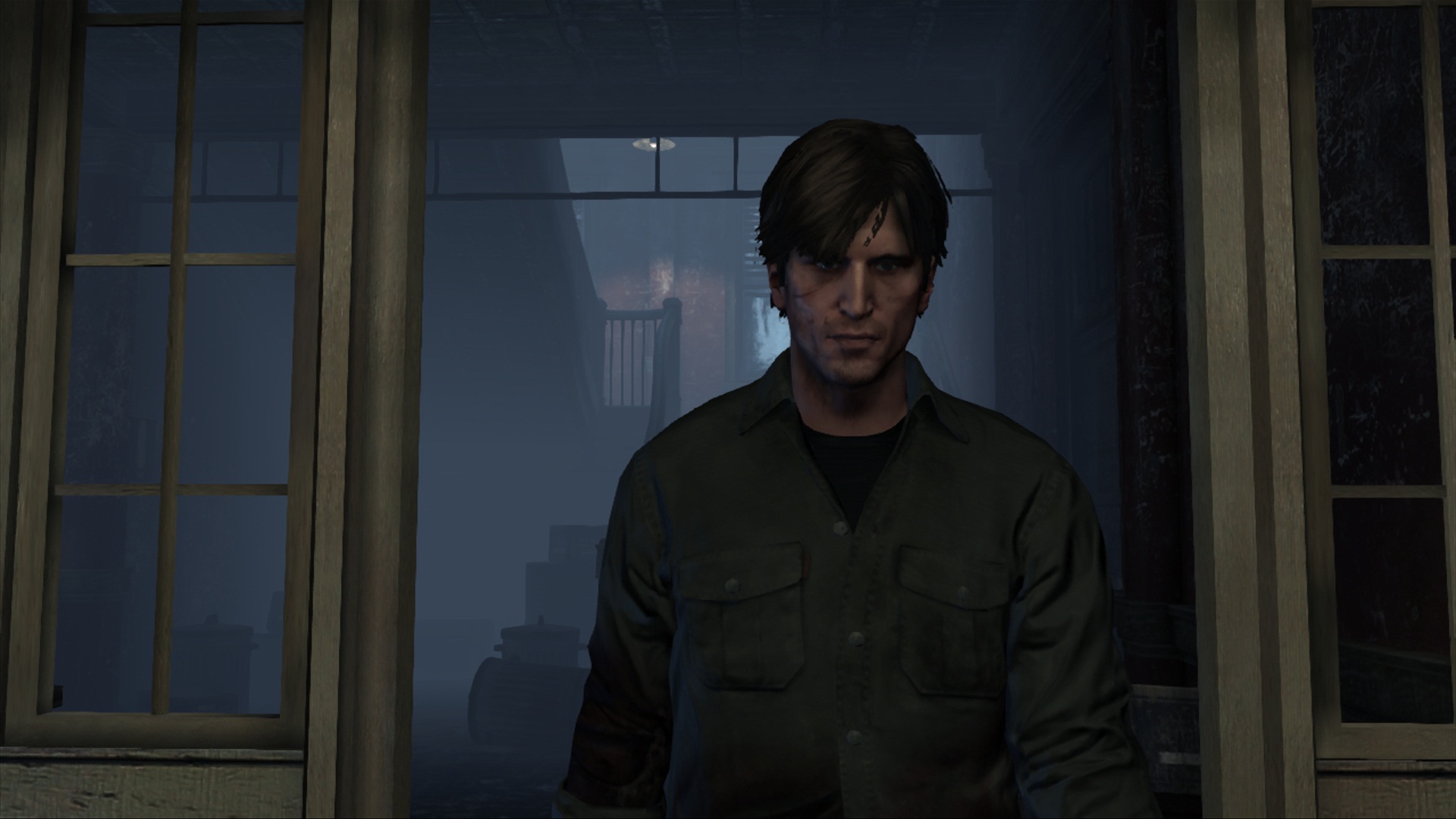
Once control of Murphy is given to the player, one can see that he plays quite fluidly. Murphy moves with ease and escapes the annoying control constraints that a lot of survival horror games use and feel like they need to use. Downpour’s over-the-shoulder camera perspective especially pleases me because of its placing and angle. I’ve always been a stickler for the idea that a perfect player-cam can give the sense of depth and scale of the videogame world to players. Downpour is one of the only games to do this for me. During the later levels in the town and the Otherworld, the camera lends to the aesthetics and design in such a way that many scenes feel significant, but I’ll go into that further later on in this review.
Murphy is also one of the most talkative and passionate of the protagonist in the series. Finally we have a character that’s more vocal about the nightmarish things he has witnessed. Heather did this in Silent Hill 3, and I’m glad to see it return. I would have liked more dialogue on his part when observing objects and things in the environment (a la Shattered Memories), but his personality is very apparent and it feels good hearing him be terrified. If I personally got attacked by 20 monsters on my walk through town, I’d be sure to tell the next person I saw.
Instead of being stopped by an immovable traffic stop like protagonists before him, Murphy has more options to get through obstacles. Nathan Drake he’s not, but Murphy can slide between objects, walk across platforms and hop over a small ledge. It’s nothing acrobatic, but it’s so welcome and needed in a game releasing in 2012. Supernatural shackles can only extend so far.
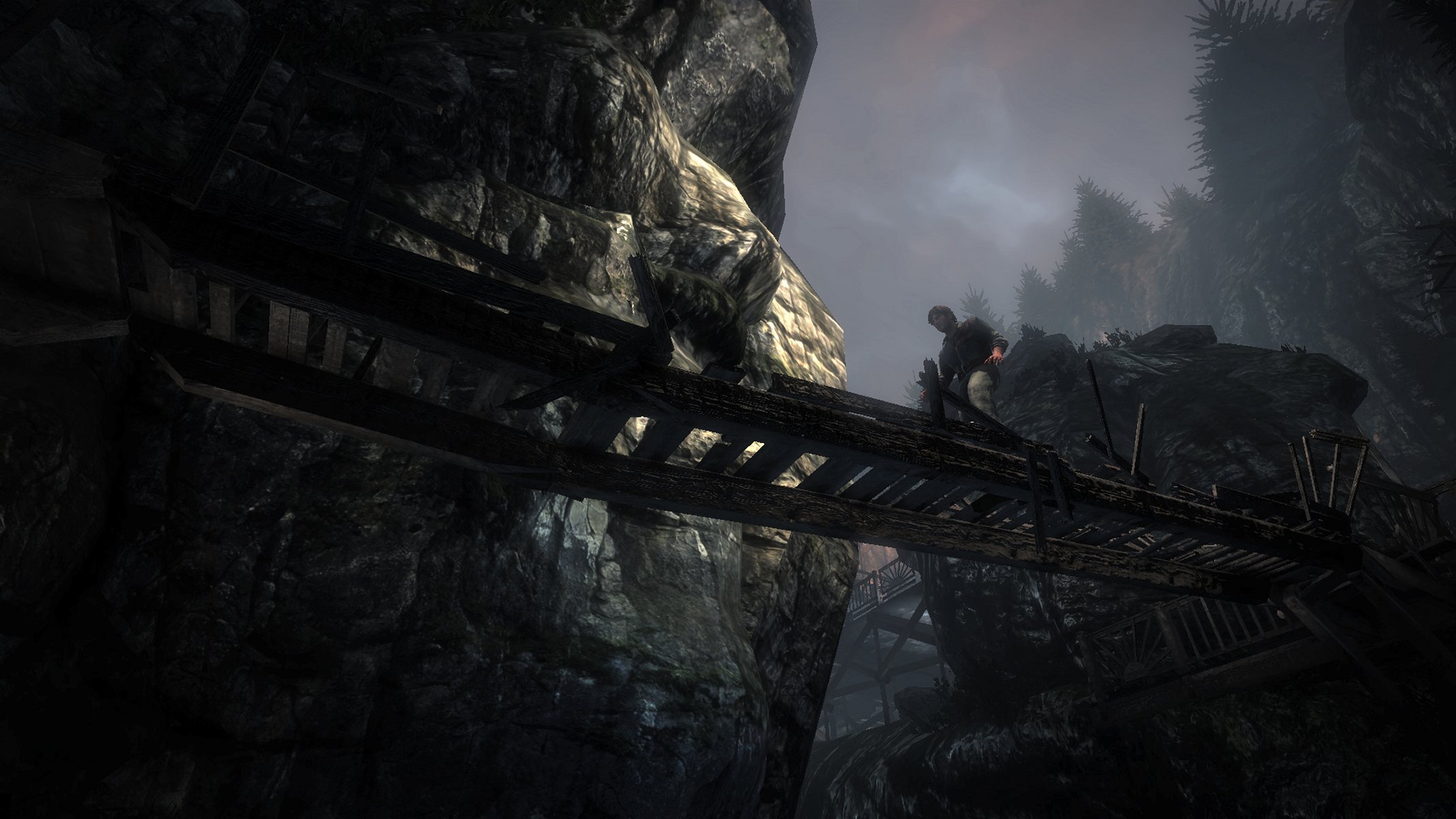
The mechanics of Downpour give the player an option to partake in either fight or flight. Being a survival horror game, taking flight is a wise tactic to employ. Damaging a nice weapon with an unnecessary fight or holding off using the only pistol one finds after hours of play, is a feature that rings very well with the survival aspect of the genre. The first time I found a gun, I was excited, but held onto it for a long time for those crucial moments, in fear of wasting its handy power on one enemy. Downpour heavily emphasizes survival. When exploring the town of Silent Hill, random rainstorms come and go. If one decides to stay outside during a storm, they can expect more monsters with even more ferocious attacks. The good thing about the rain is that it does not happen every few minutes, so there is adequate time to explore, undisturbed.
In a feature directly borrowed from Silent Hill Shattered Memories are the Otherworld chase sequences. Thankfully, all Otherworld visits are not just chases, they’re either-or, or a mixture of both. This balance between the two creates a much needed frantic element to accompany the slow and disturbing exploration of a nightmare come to life. These chase sequences have Murphy running from a red light called The Void. If Murphy gets too close to the being, his skin and clothes start to burn away while time slows. It’s a very nice effect and thankfully not frustrating like some similar sequences in Shattered Memories ended up to be. In my time with the chases, I did not get lost or reach any dead-ends. These sequences are designed to be frantic but not troublesome to the player.

Combat on the other hand is a mixed bag. While I do like the idea of using everyday objects as weapons, the execution is not 100%. Murphy can block attacks by enemies to avoid damage, and running is an option, but I think my issue with it is the camera perspective that it uses. The camera retreats to show more of the ground and the game sort of takes a brawler look to it. It just doesn’t look right to me. I do like the flow of it to an extent. Fighting an enemy is a risky endeavor, and while one can learn the right patterns to be able to take on one or two enemies comfortably, it still remains frantic. Despite this, it doesn’t feel as tight as it could be. I found myself holding down the left trigger to keep combat up-close and personal. Perhaps this was an intended “feature” to remedy this such preference. Overall, I think this method works with the game’s core principals of survival, but some more tweaking would have made it better.
I don’t want to be the one to overlook clunky combat simply because of the genre of the game, but it’s not bad enough to make me warn against it. It works in more cases than not, and it can lead to some fun fights if left to one or two enemies at a time. My big issue with the combat is the shooting. Using a gun is cumbersome and feels weak. A tiny reticule appears when guns are used and it moves around a bit to simulate inaccurate aiming skills. I think the concept of someone with no gun knowledge seeped too far into the gameplay aspect and made gunplay a bit sluggish. Although, it’s worth noting that gunplay is quite thin and melee is going to be the primary means of combat if one chooses to go up against an enemy. That’s no excuse, but I noticed these issues only when I used guns—which was fairly rare.
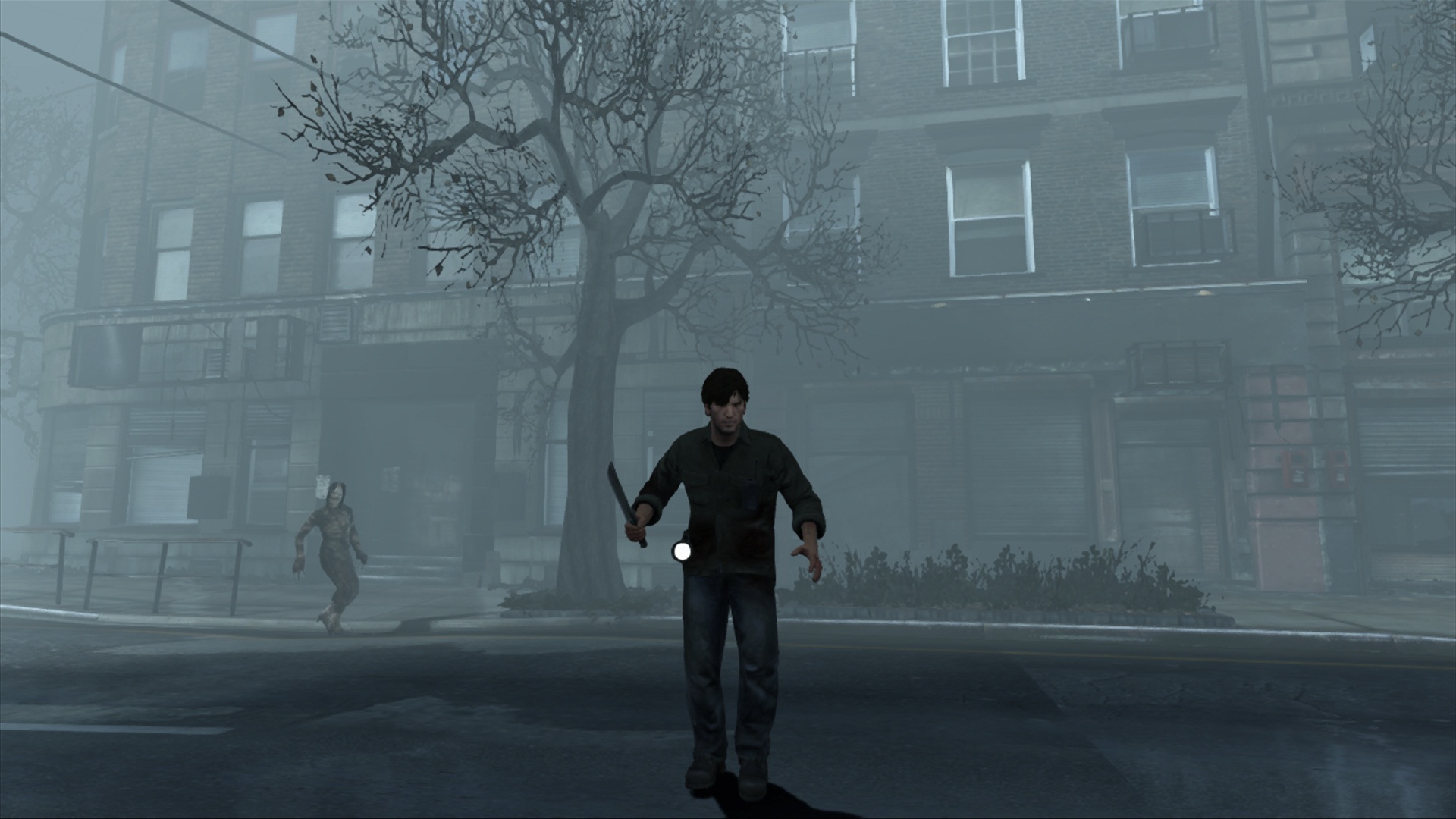
What I found to be a nice touch to Murphy’s exploration was the use of weapons as tools. Some areas require the right weapon to be used as a means to break away an obstacle or pull down a ladder. This was also used in Silent Hill Homecoming, but it was specific to just one exact weapon, not a variety that could be used for the same purpose. No longer can an ax be the only way to remove wooden barriers. It’s a small touch, but it makes the player reconsider which weapon to hold onto because of its other uses.
A new feature to the series is the inclusion of side-quests. I know, the word makes them seem so out of place and troublesome in a traditional Silent Hill game. But don’t worry. These extra missions are based off of finding an item not tied to the main story and simply finding its use. They lend to town exploration by having players find locations or items and using them to find resolution to a problem. These missions have their own interesting story bits and give the impression that the town’s everyday dirty secrets live on in the Otherworld. As Murphy, players can resolve someones issues from beyond. One such sequence has Murphy relocating stolen items for numerous people in an apartment building. Sound cues indicate that Murphy’s help might have transgressed into the real world. It’s a well developed idea and really gives the town more life.
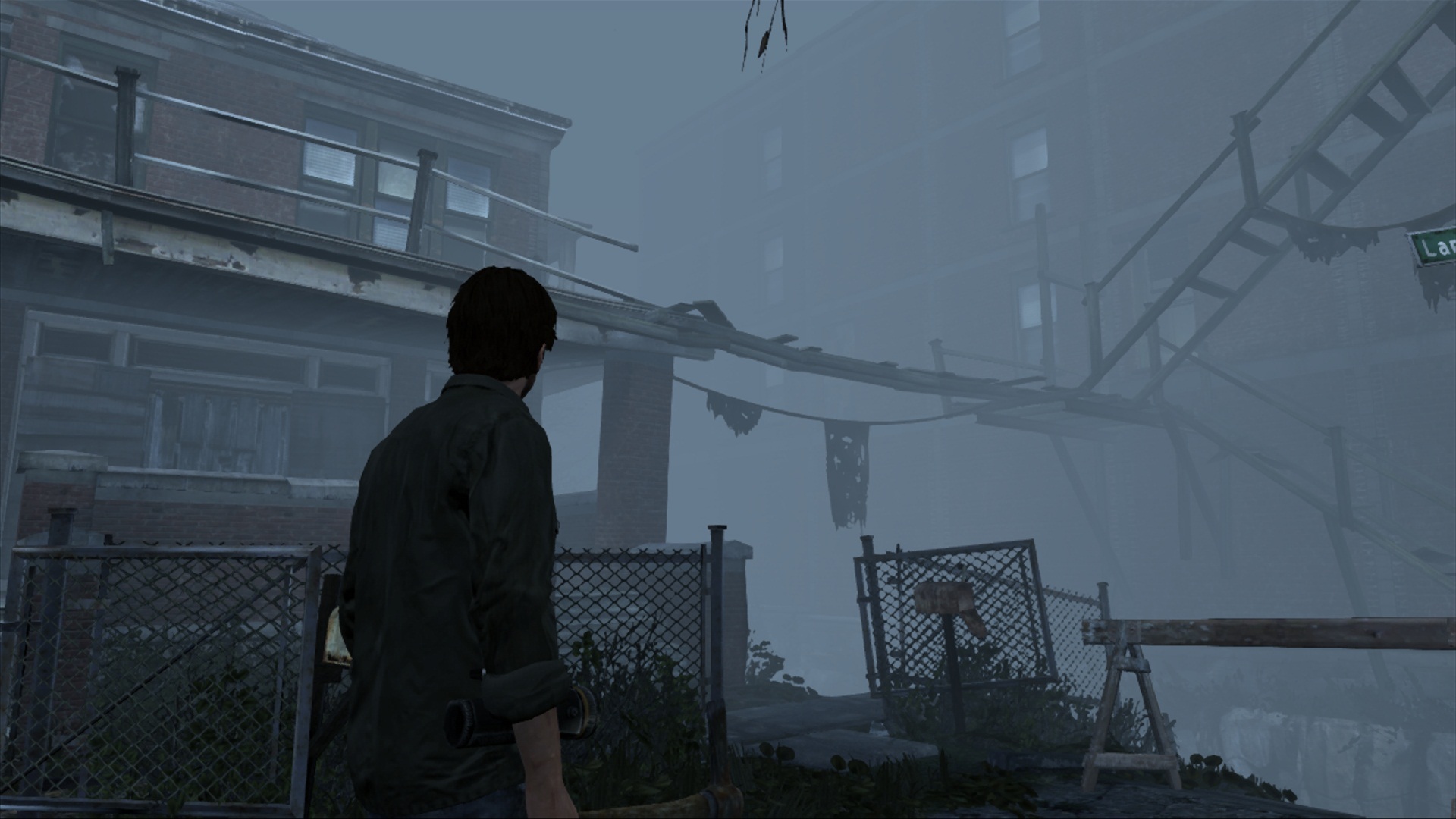
Let’s move onto the design of the game’s levels and town. Since Downpour has brought back that aspect of exploring Silent Hill, the developers put an immense amount of detail to the streets and homes of the town. Silent Hill is beautifully crafted in all of its misery and desolation. Garbage litters the sidewalks and entrance to buildings. Homes and other structures have realistic placements. The town is dense with detail. It simply feels authentic and living (despite feeling dead and miserable at the same time).
The same level of detail is brought to Downpour’s unique Otherworld. In the past we’ve seen Otherworlds with blood and rust, fire, mold, and ice. Downpour’s Otherworld uses water to initiate transitions to a massive, detail rich moving machine hell. The set pieces for Downpour’s Otherworld are amazing. The world becomes a living machine filled with mechanisms, moving parts, pipes, and other oddities. Water pours off the walls and pools collect on the ceilings. Some areas are not even right-side up. Murphy can transition from walking on the ceiling of one room, only to end up back to normal in another room. Coupled with the game’s camera perspective, a strong emphasis on visual symmetry carries throughout the Otherworld.
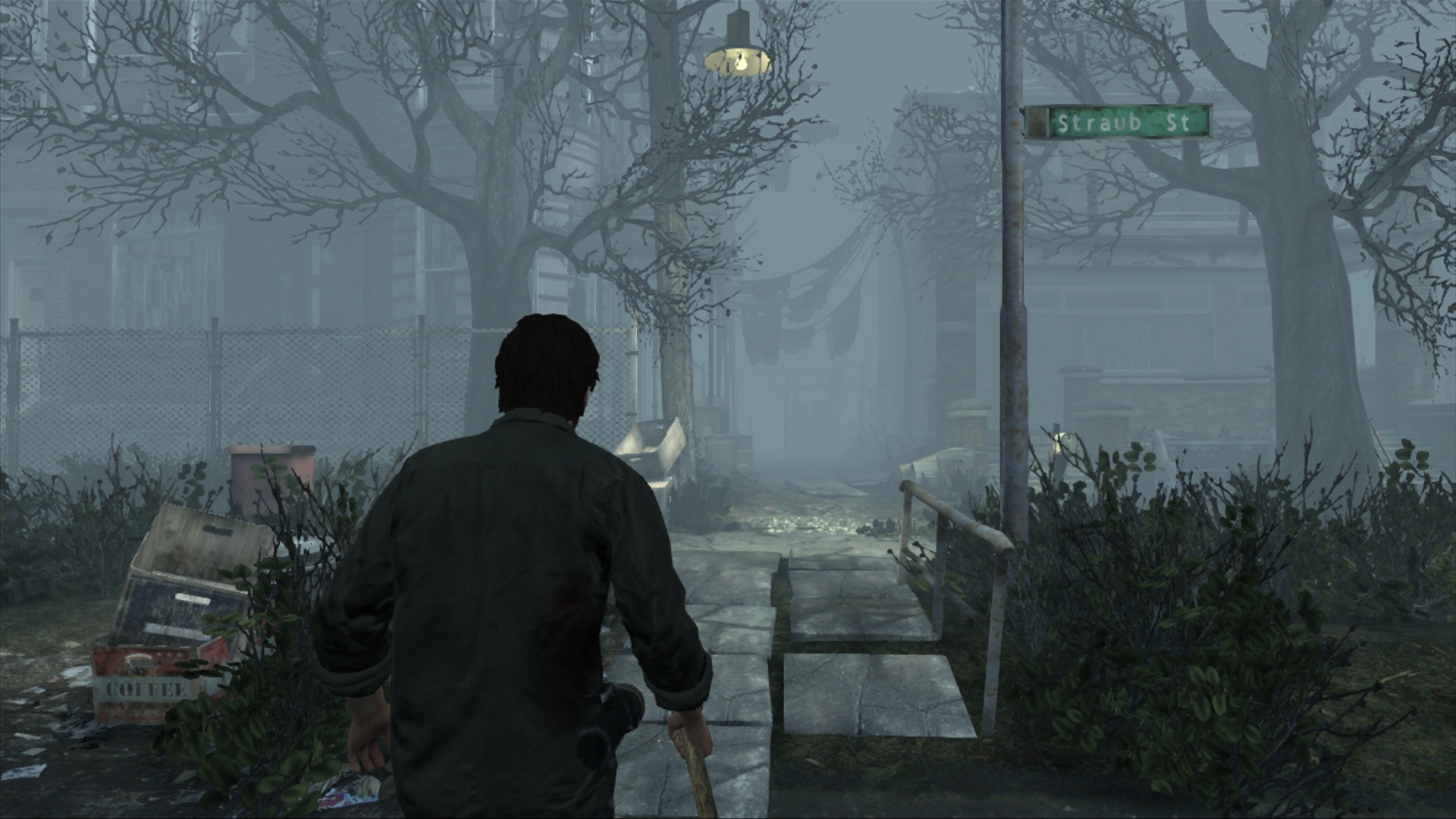
The whole design brings about images from the Japanese film Tetsuo: The Iron Man. That visual of organic machinery is very evident when Murphy begins to see more and more of the Otherworld. The aspect of time and imprisonment also ring very clearly. Clocks and gears can be seen moving, the interior design of many locations feel like they’re inspired by 1950’s to the 1960’s, and doors and corridors feel lifted from maximum security prisons. I was truly impressed by this interpretation of the Otherworld. It’s much grander in scale but also awe-inspiring at some points.
The game’s use of lighting and color schemes also compliment the Otherworld. Shifts in dominant color tones appear and vary between rooms. Downpour is clearly the most vibrant of the games in the series and it works well. Exiting a red-tinted hall into a blue toned room is subtle but a nice visual treat that kept me interested in the Otherworld’s design.
Downpour’s environments are wonderfully crafted. Despite my small aversion to The Devil’s Pit, I found myself enjoying the layout and pacing of every new location. The locations feel important, detailed, and once alive. Perhaps this is the camera perspective again, but many of the game’s locations feel accurate in such a way that’s a bit complicated to describe. Let’s just say you get a good grasp at putting yourself into these locations. Spatially, they work for immersion.
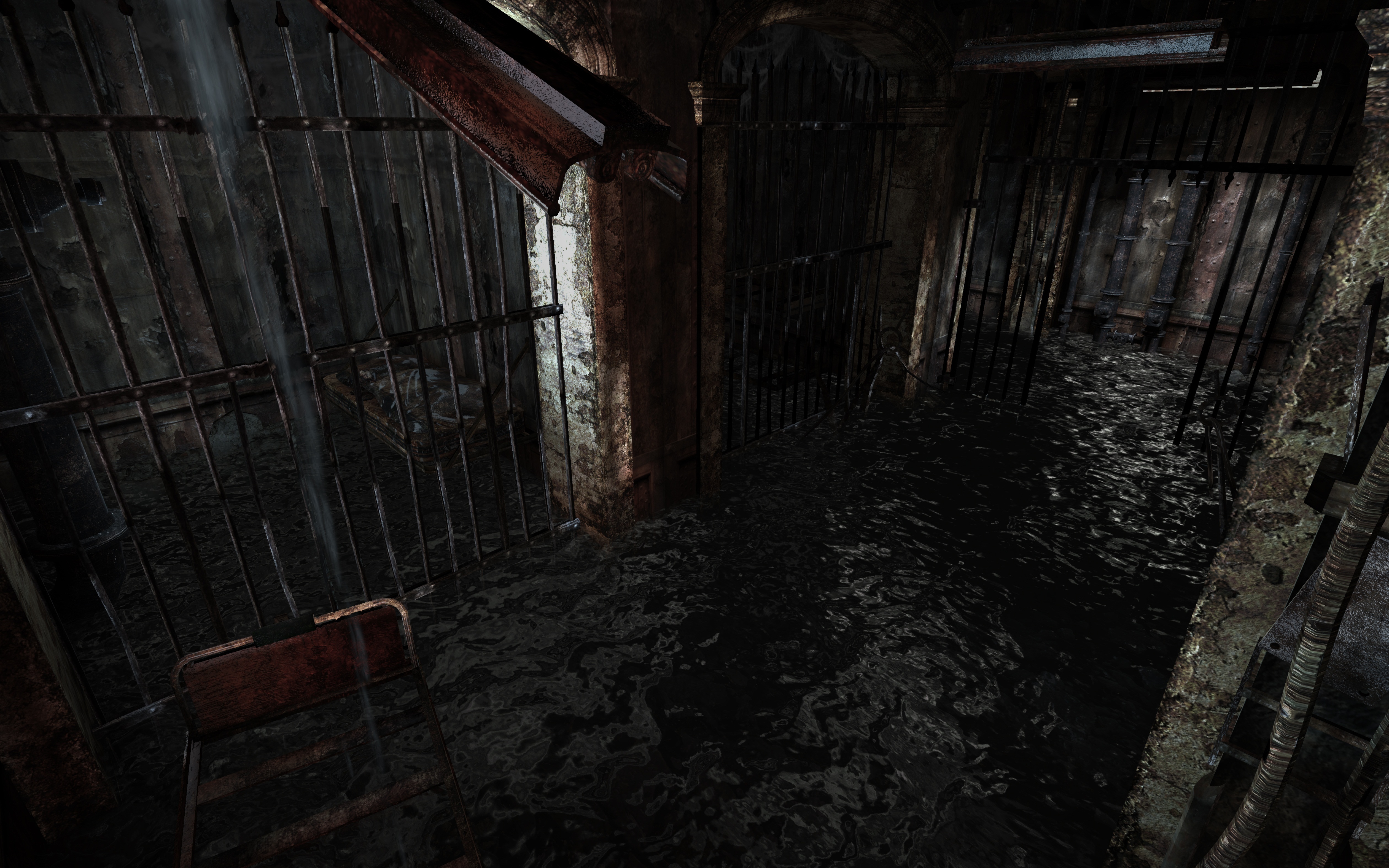
Over the course of Murphy’s journey, he visits new locations different from the last. Along with the town exploration, this gives one the sense that a lot of care and precision was put into the the design of the game’s layout. Levels feel well balanced and aid the horror pacing that has been somewhat rare in modern horror games.
To accompany these environments is of course sound. Downpour, being a horror game—more importantly, a Silent Hill game–has to use sound design to its full potential. With long time composer and sound designer Akira Yamaoka gone from the series, Downpour had to get someone new to fill the shoes of the creepy-ambient-sound-guy. Thankfully, Nathan McCree was put on the job. I feel like he needs a shout-out for his work.
I played the majority of the game in surround sound and I was really happy with all the subtle audio cues and underlying tracks. The use of eerie tracks at-tune to something found in an old horror film from the 60’s or 70’s. The absence of sound is also used in some scenes and I found it to work nicely.
I found myself very pleased with the sound design of Downpour–It’s incredibly atmospheric and well layered. Daniel Licht’s score also plays very well with the scenes they accompany. I mentioned in my review of the game’s OST that the tracks are good for playing during scenes but not necessarily on their own as standalone songs to jam to. This still rings true, but that does not mean they’re anything less than good. They work extremely well when in context. My only gripe with the music was the lack of vocal tracks. Mary Elizabeth McGlynn can only be heard within one track. Her absence was disappointing to say the least.
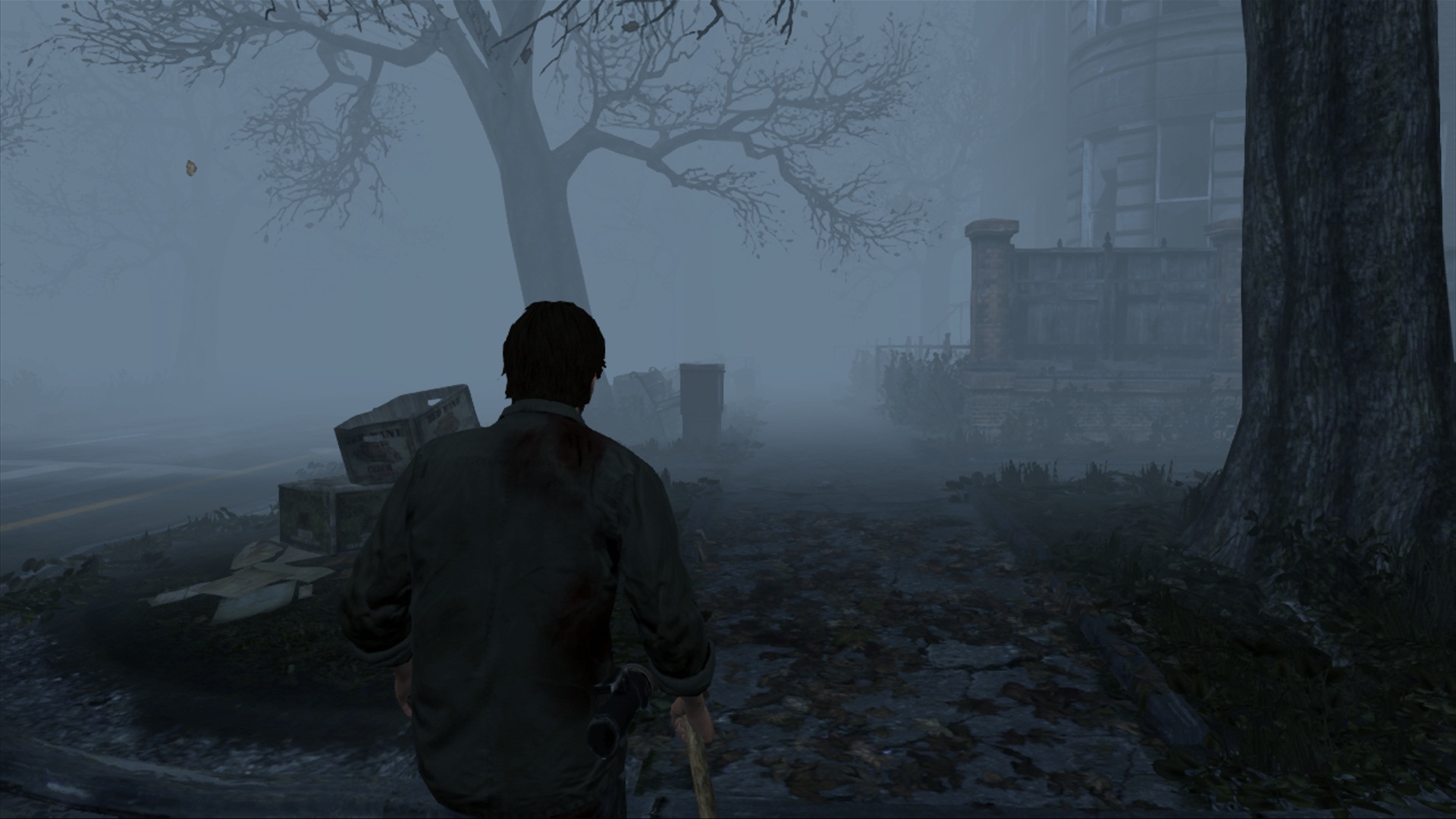
Now comes for my disappointments with the game. For starters, I feel that Downpour’s monster designs are not very good. They come off as very generic and not scary. They feel uninspired and simply try to be scary because they’re not human, or because they have sharp parts that can hurt you. I would have expect abstract designs that leaves one to question how such anatomy works and functions, but for the most part Downpour’s creature roster is the weakest aspect of the game. I am quite fond of The Doll, though. Although humanoid like the rest of the creatures, this monster has a nice design and means of attacking Murphy. The Screamer, the most prevalent enemy type in the game, are covered in low resolution textures and are simply not scary to me. I’m sure the designs will scare people, but I enjoy being disturbed by walking abominations that hurt to think about.
Without getting into too much detail about the story, I have say that I quite enjoyed it. The ending might be confusing to those who don’t follow the lore and mythos of the series very closely, but there is a nice, although underplayed, twist. I felt like it raised a lot of questions because I understood it, but would a newcomer to the series understand it? No, I’m not being elitist. It’s simply something that accentuates the game’s story, but requires some background knowledge to fully understand why or what is has been experienced. Figuring this out successfully leads to more questions. I felt like this could have been done better to accommodate someone who doesn’t understand how the town itself works (as much as one can confidently say they understand the powers of Silent Hill).
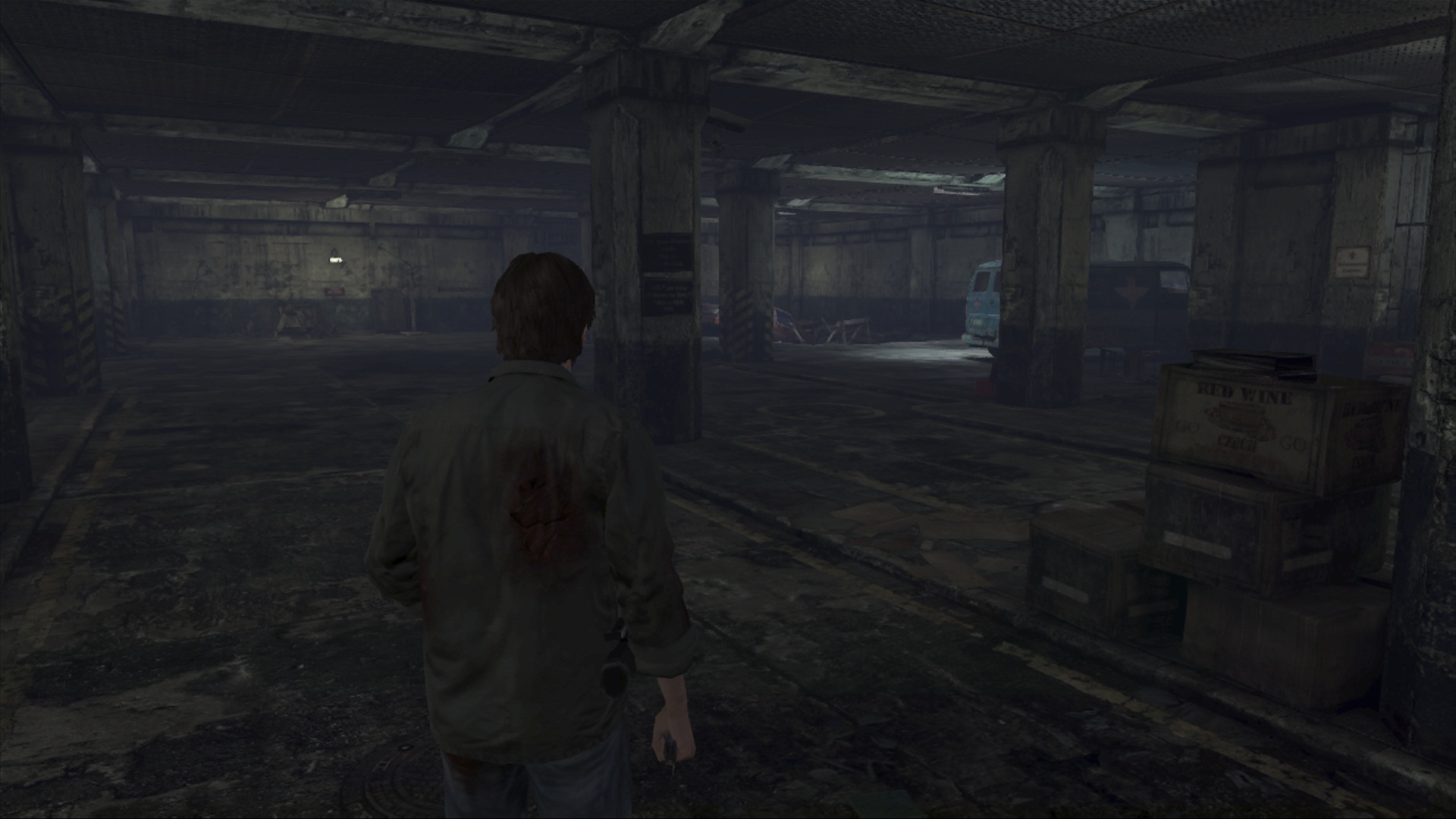
Out of the several characters seen within the game, I do think some are underused. While one’s appearances seem thin purposely to raise questions, I think there was room to further develop the personal experiences of some of the other characters. One such character brought up such compelling questions only to never return. Was this intentional? I hope so, because I’m very interested to see where that was going. There was also a sequence that accompanies said twist, but I felt that it was cut short and could have played as significantly as it felt emotionally to the story.
I’ve seen a few complaints about technical issues with the game, but I have not experienced many problems myself. Perhaps this is an unfortunate difference between the two console versions. The only glitch that bothered me was an odd framerate stutter when Murphy enters an area that needs to stream-load. The stutter only lasts for about a second, but requires you to avoid moving around too quickly back and forth between the load zone. It makes movement unrecognizable, but it lasts very briefly.
There’s one section of the game that is really questionable, because it pretty much forces you to fight enemies while trying to solve a puzzle. It goes against everything the game has been and taught you and feels terribly out of place. Thankfully it’s not very long compared to all of the good things about the game.
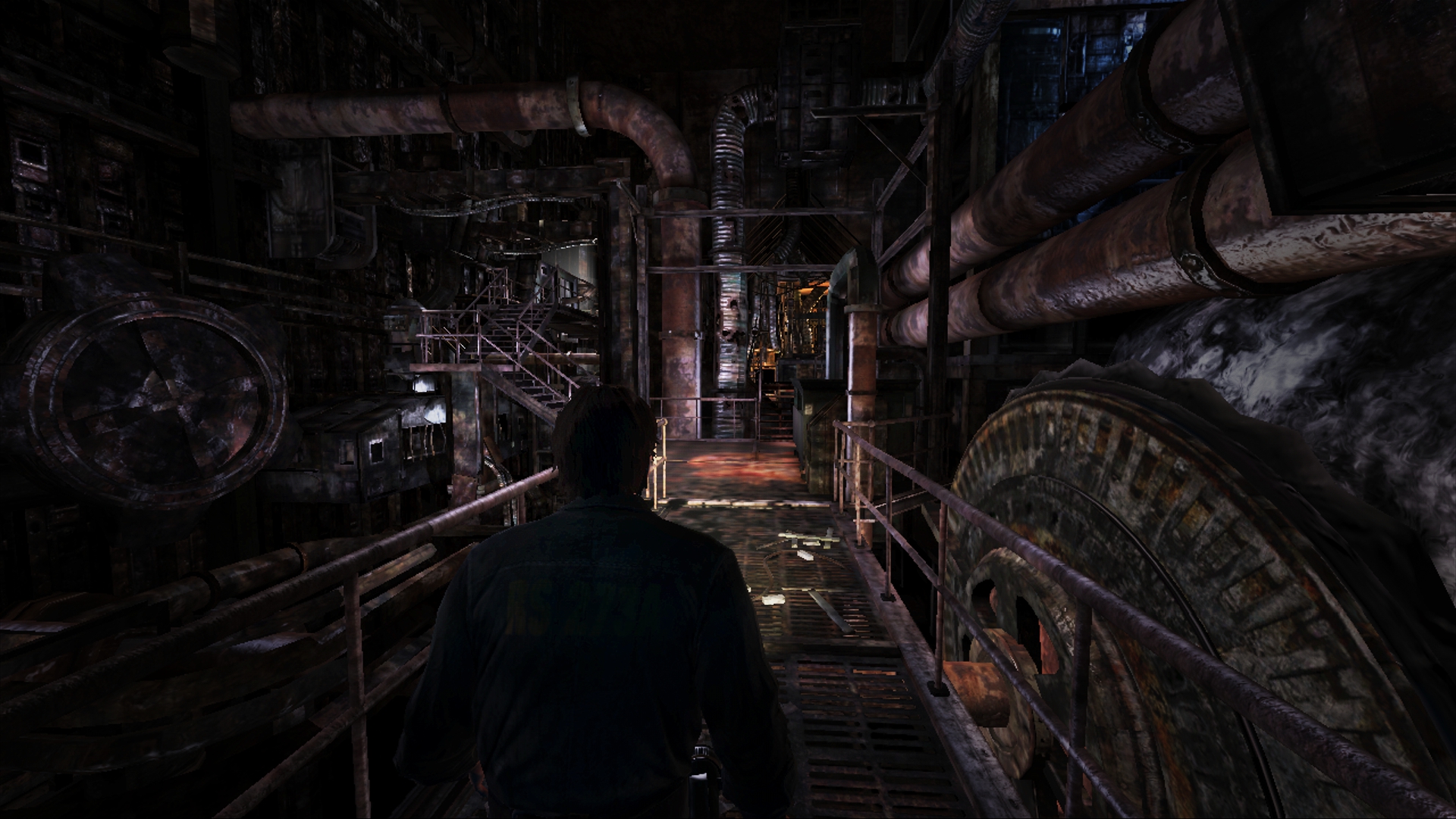
Silent Hill Downpour takes the cake. As a Silent Hill fan, I am so excited that this game turned out to be so good. I really feel that Konami now has the near-perfect mold to use to continue the series rather than starting from scratch for every new entry. The gameplay rings true to the survival horror genre that the series originated from. The game is tense, disturbing, beautiful to look and listen to, and feels like the worthy sequel that fans have been waiting for. Downpour borrows elements from throughout the series and combines said aspects into a wonderful package that I intend to replay numerous times.
It may suffer from some technical bugs and generic monsters, but the game has fulfilled so many things that I have wanted to see from this series on current gen consoles. Being allowed to explore the town really sold me. Filling that town, and the Otherworld, with striking ambiance and the glimmers of memories of both Murphy and residents of the town makes the game feel bigger in scale while remaining an isolated horror adventure. Despite the issues with the game, I feel they are outweighed by how much this game did right. This Silent Hill fan feels right as rain.
 (9 / 10)
(9 / 10)
Amazing
 (9 / 10)
(9 / 10)
 cjmelendez_
cjmelendez_


